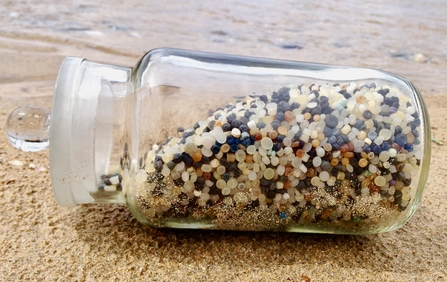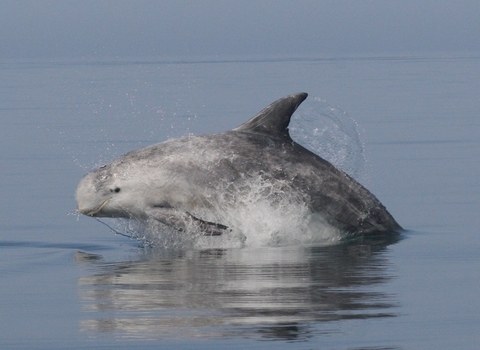The Wildlife Trusts’ Living Seas teams are the eyes and ears of the UK coast and have compiled their most memorable highlights – a marine review of the year.
Good news
- Highly successful new project recording minke whales and dolphins off the Yorkshire coast. Furthest south record of Scottish bottlenose dolphins
- Seal discovered commuting between Isle of Man and Cornwall
- Record year for grey seal colony at South Walney, Cumbria
- Excellent year for Sandwich terns at Cemlyn Bay, Wales
- Razorbill recovery on Handa Island Wildlife Reserve, Scotland
Bad news
- Kittiwake colony fails on Isles of Scilly, no chicks survived
- Increasing incidents of disturbance to wildlife
- Marine wildlife in peril from plastic, nurdles, litter and discarded fishing gear
Changes in marine environment
- Spread of non-native Pacific oyster as waters warm
Action for marine conservation
- Saltmarshes restored – a natural solution to carbon storage
- Seeds collected for new seagrass meadow
- Endangered skate and sharks successfully tracked and monitored
- Over 5000 marine volunteers got involved in citizen science and beach cleans
- Fishing 4 Litter collects 27 tonnes of marine waste
- Milestone: 41 new Marine Conservation Zones announced bringing total to 91
Joan Edwards, The Wildlife Trusts’ director of living seas, says:
“2019 saw a sea-change in people’s attitudes. The extent of the nature and climate emergency is becoming increasingly clear and more people than ever are volunteering to be citizen scientists and conducting important surveys or taking action to tackle the profound problems of marine litter and plastic pollution. They’ve shown their commitment to healthy seas by supporting The Wildlife Trusts’ campaigns to ensure government policies create more and better protection for marine wildlife and waters around the UK.”






